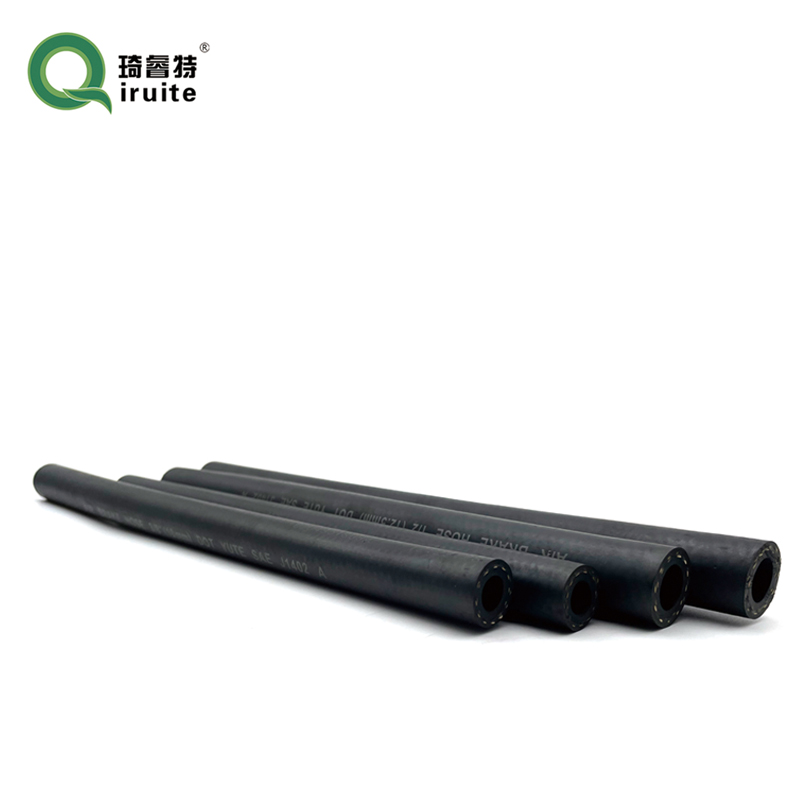r134a charging hose
Understanding R134a Charging Hose Essential Guide for HVAC Technicians
In the world of HVAC (heating, ventilation, and air conditioning), maintaining the correct refrigerant levels is crucial for optimal system performance. One of the key tools in this maintenance is the R134a charging hose. This specialized equipment is vital for both charging and recovering refrigerants in air conditioning systems, particularly those using R134a, a common refrigerant in automotive and many residential systems. In this article, we will explore the purpose, features, and best practices associated with R134a charging hoses.
What is R134a?
R134a, or tetrafluoroethane, is a hydrofluorocarbon (HFC) refrigerant used extensively in automotive air conditioning systems, as well as in household refrigerators and commercial refrigeration equipment. It replaced the ozone-depleting R12 refrigerant due to its reduced environmental impact. However, while it is less harmful to the ozone layer, concerns about global warming potential have led to ongoing discussions about its use and eventual replacement.
Purpose of R134a Charging Hose
The primary purpose of the R134a charging hose is to connect the refrigerant source—whether it be a canister, a recovery machine, or a vacuum pump—to the HVAC system's service ports. The hose allows for the safe transfer of refrigerant into the system or the recovery of refrigerant back into a storage container. Proper use of the charging hose is critical, as improper charging can lead to system inefficiency, compressor failure, and environmental hazards.
Features of R134a Charging Hoses
1. Material Construction R134a charging hoses are typically made of durable materials capable of withstanding high pressures, such as reinforced rubber or thermoplastic. This construction ensures longevity and reduces the risk of leaks, which are crucial for maintaining system efficiency and safety.
2. Color-Coded Ends Most R134a charging hoses feature color-coded ends to help technicians easily identify the high-pressure and low-pressure sides of the HVAC system. The blue end typically connects to the low-pressure service port, while the red end connects to the high-pressure service port.
3. Pressure Gauges Some R134a charging hoses come equipped with integrated pressure gauges. These gauges provide vital information about the refrigerant pressure within the system, allowing technicians to better assess and manage refrigerant levels.
r134a charging hose

4. Length and Flexibility The length of the hose is an important factor, as longer hoses provide greater reach to the service ports. However, they must remain flexible to ease the handling of the hose within tight spaces.
Best Practices for Using R134a Charging Hose
1. Inspection Before Use Always inspect the charging hose before use. Check for cracks, frays, or any signs of wear that may lead to leaks. A damaged hose should be replaced immediately to ensure safety and efficiency.
2. Use the Right Fittings Ensure that the fittings on the hose match the service ports of the HVAC system. Mismatched fittings can lead to leaks or system damage.
3. Follow Safe Charging Procedures Familiarize yourself with safe charging procedures, including taking baseline pressure readings before connecting the charging hose. Avoid overcharging the system, as too much refrigerant can cause high pressure and lead to potential system failure.
4. Proper Storage After use, store the charging hose in a safe, dry location away from direct sunlight and extreme temperatures to prolong its life and reliability.
5. Use Personal Protective Equipment (PPE) When working with refrigerants, use appropriate PPE, such as gloves and goggles, to protect against exposure to refrigerants, which can cause skin and eye irritation.
Conclusion
The R134a charging hose is an essential tool for HVAC technicians, providing a safe and efficient means of managing refrigerant levels in various systems. By understanding the features of these hoses and adhering to best practices, technicians can ensure reliable operation and effective service, ultimately contributing to the longevity and efficiency of HVAC systems. As regulations surrounding refrigerants continue to evolve, being equipped with the right tools and knowledge will be paramount in this changing landscape.
-
Ultimate Spiral Protection for Hoses & CablesNewsJun.26,2025
-
The Ultimate Quick-Connect Solutions for Every NeedNewsJun.26,2025
-
SAE J1401 Brake Hose: Reliable Choice for Safe BrakingNewsJun.26,2025
-
Reliable J2064 A/C Hoses for Real-World Cooling NeedsNewsJun.26,2025
-
Heavy-Duty Sewer Jetting Hoses Built to LastNewsJun.26,2025
-
Fix Power Steering Tube Leaks Fast – Durable & Affordable SolutionNewsJun.26,2025

